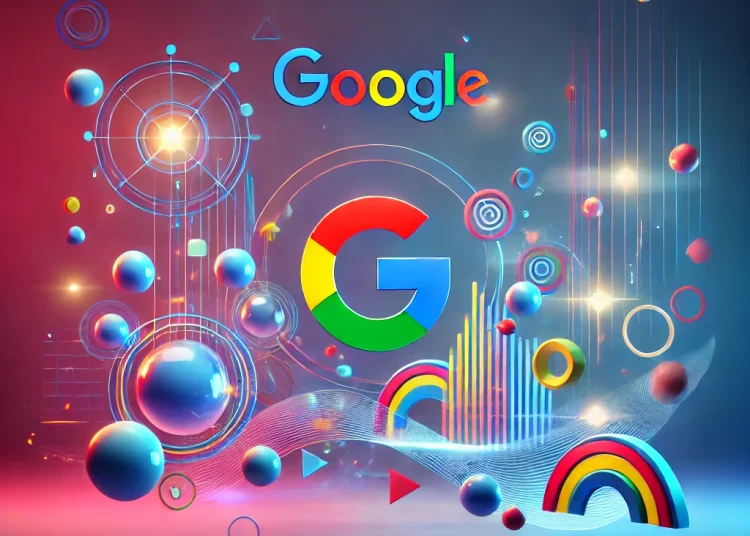Motion sickness is a common issue, especially for those who frequently use smartphones and tablets while travelling. While reading a book or watching a video on your phone during a trip may be entertaining, the physical motion of the vehicle can lead to discomfort or even nausea. To combat this, Google is developing a new feature for Android called Motion Cues. It is designed to reduce motion sickness during phone use in moving vehicles.
Motion Cues is a feature that provides visual indicators of a vehicle’s movement by displaying animated dots on the screen. These dots move in sync with the direction of the vehicle. This helps to align the user’s visual perception with the motion they feel. The idea is to reduce the sensory conflict between what the eyes see on the screen and the motion sensed by the inner ear, which is often the cause of motion sickness.
How It Works.
When the motion cues feature is activated, small black dots appear on the edges of the screen. The dots mimic the direction of the vehicle’s motion, whether it’s turning right, left, or moving forward. This subtle visual cue helps the brain better process the motion without overwhelming the user’s experience. It is designed to be unobtrusive so that users can continue using their phone without disruption while still benefiting from the motion-sensing feedback.
Google Motion cues is similar to the Apple Vehicle’s Motion cues, which was introduced in iOS 18. Apple’s version uses a similar approach, adding visual cues to help users cope with motion sickness while in a car. While both features serve the same purpose, Google’s version will be available on Android devices. Offering more customization options, like automatic activation when driving or manual control via quick settings.
Currently, Motion Cues is in the beta phase within Google Play Services.

With some users already able to activate it via the latest beta version. It is not yet publicly available, and the release date is still uncertain. However, given its current state, it’s likely to roll out soon. The feature will likely be accessible across a wide range of Android devices, though it may require the latest updates or specific configurations.
Looking ahead, Motion Cues could pave the way for further innovations in accessibility.
Google Motion Cues is a thoughtful solution to a widespread issue. By addressing the sensory misalignment that causes motion sickness, this innovative feature has the potential to significantly improve the Android user experience. As it transitions from beta testing to a full release, it could set a benchmark in accessibility and user comfort. Both users and developers are keenly anticipating further details about its design and rollout.






























